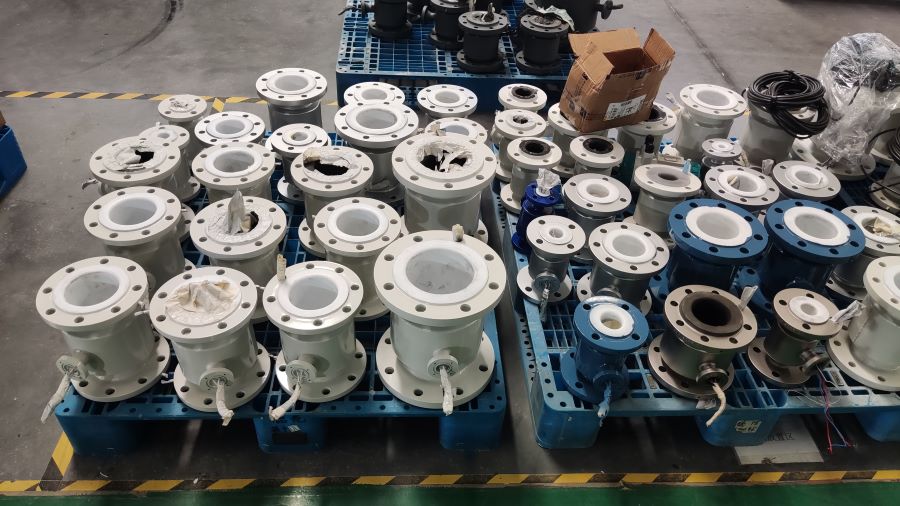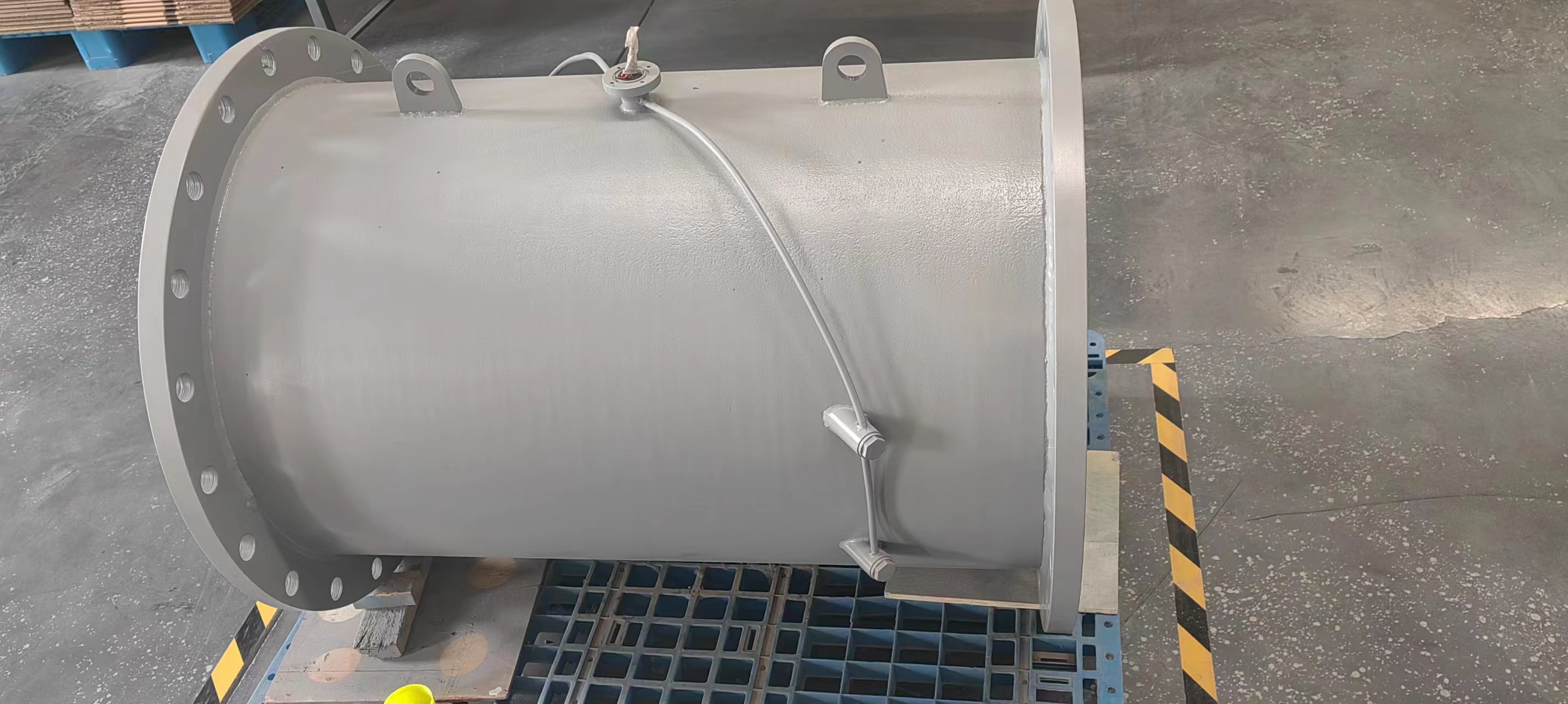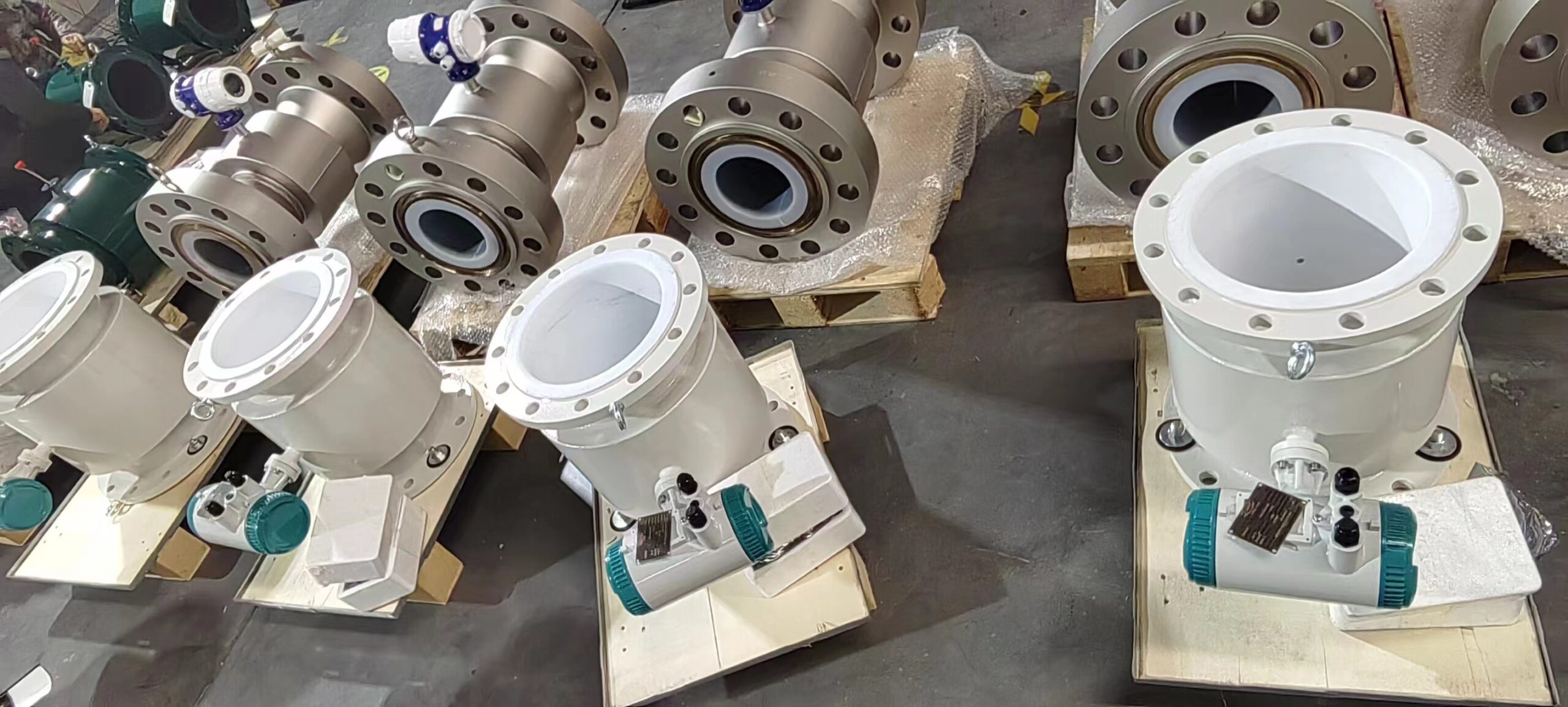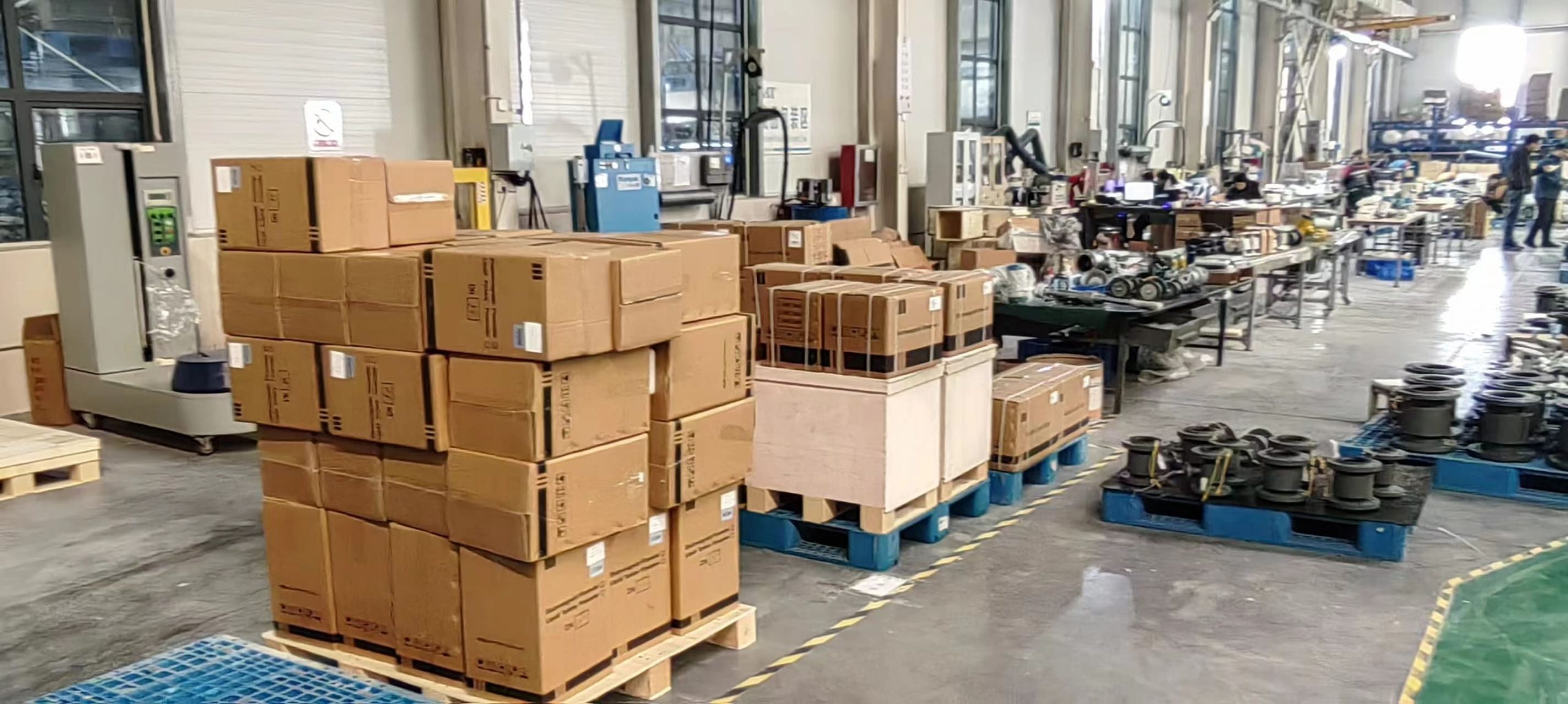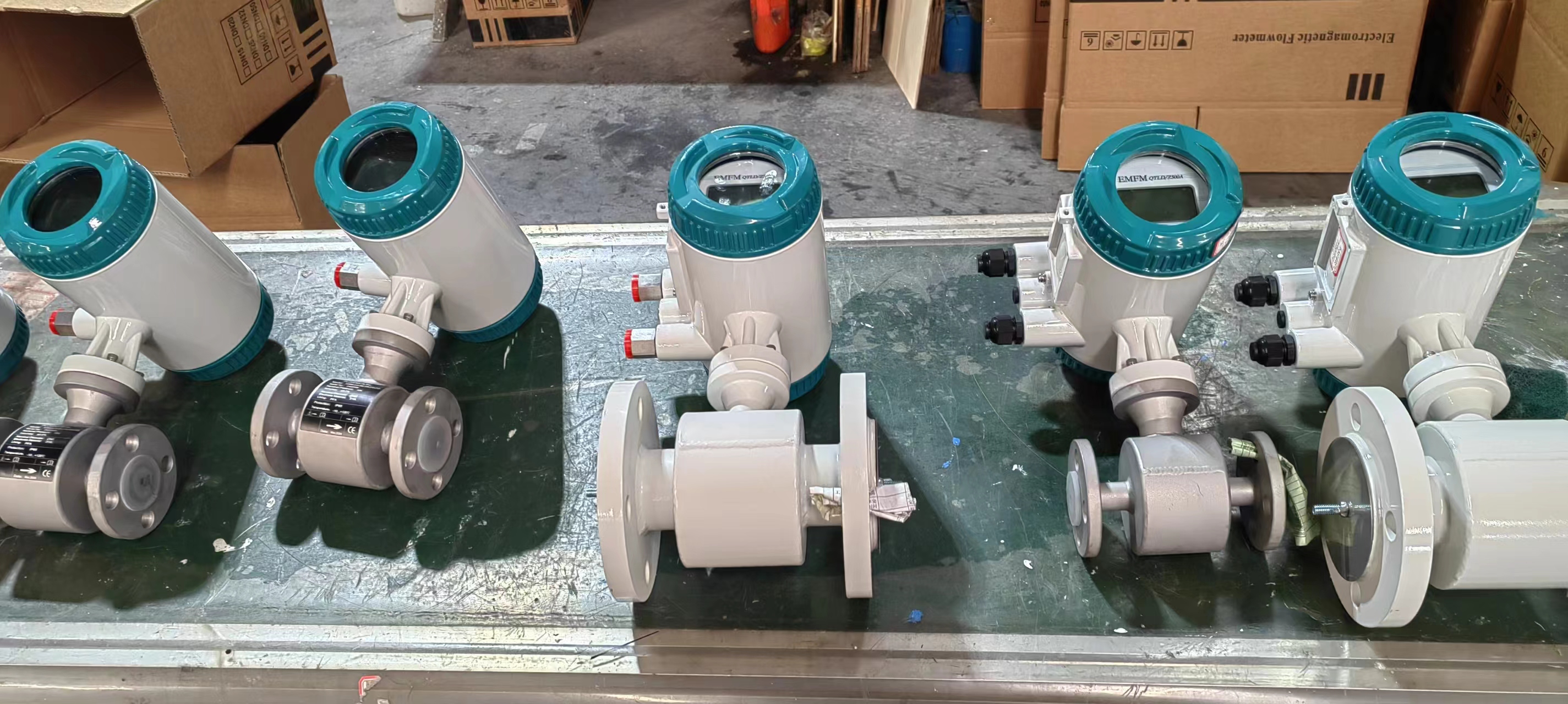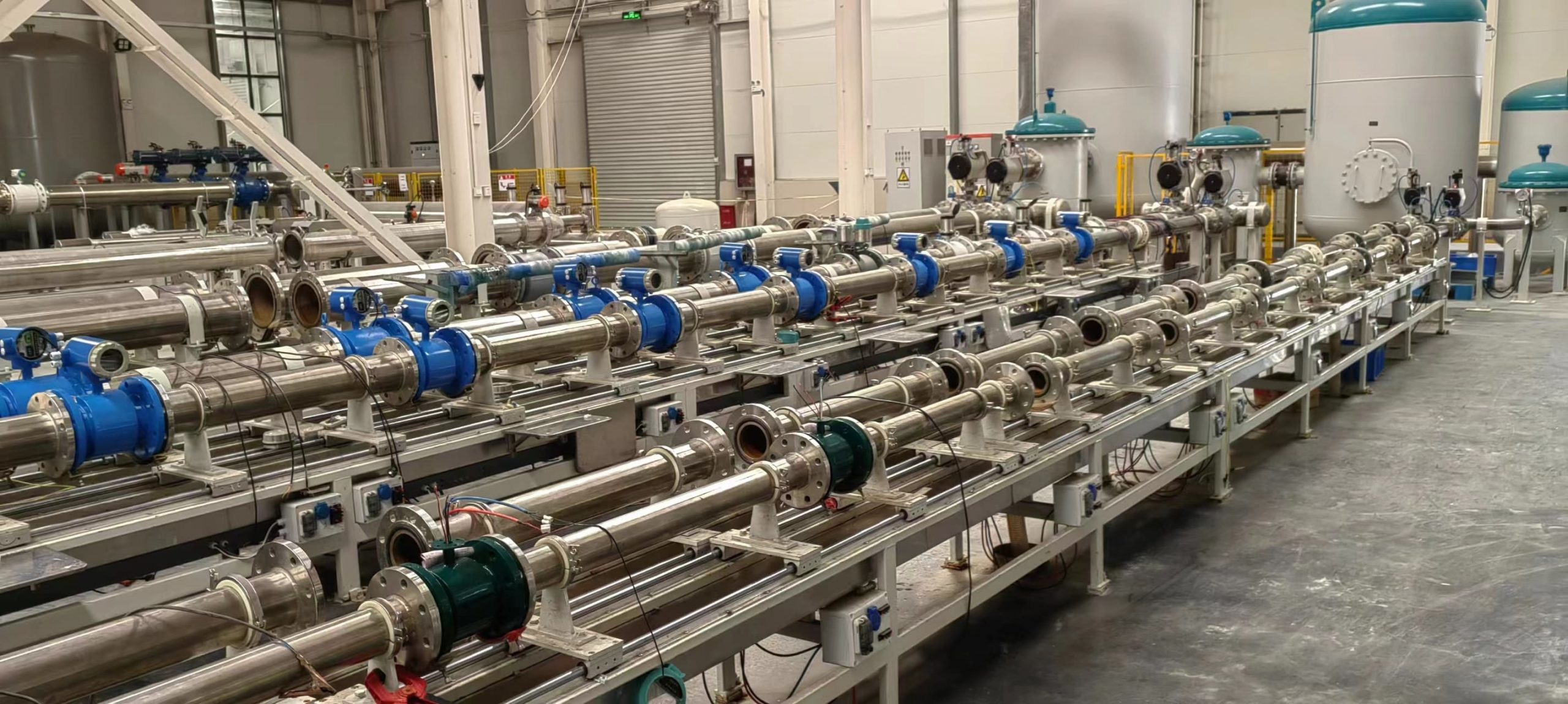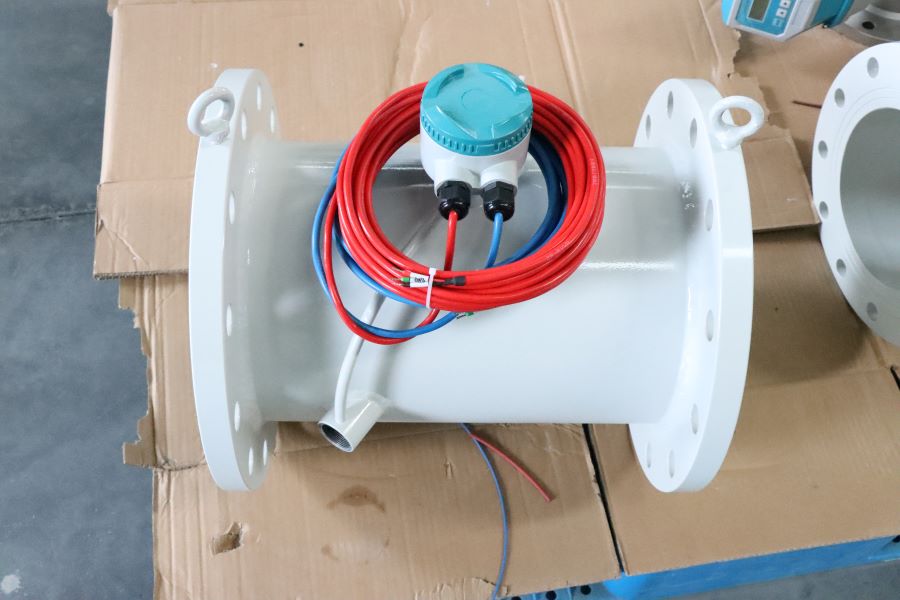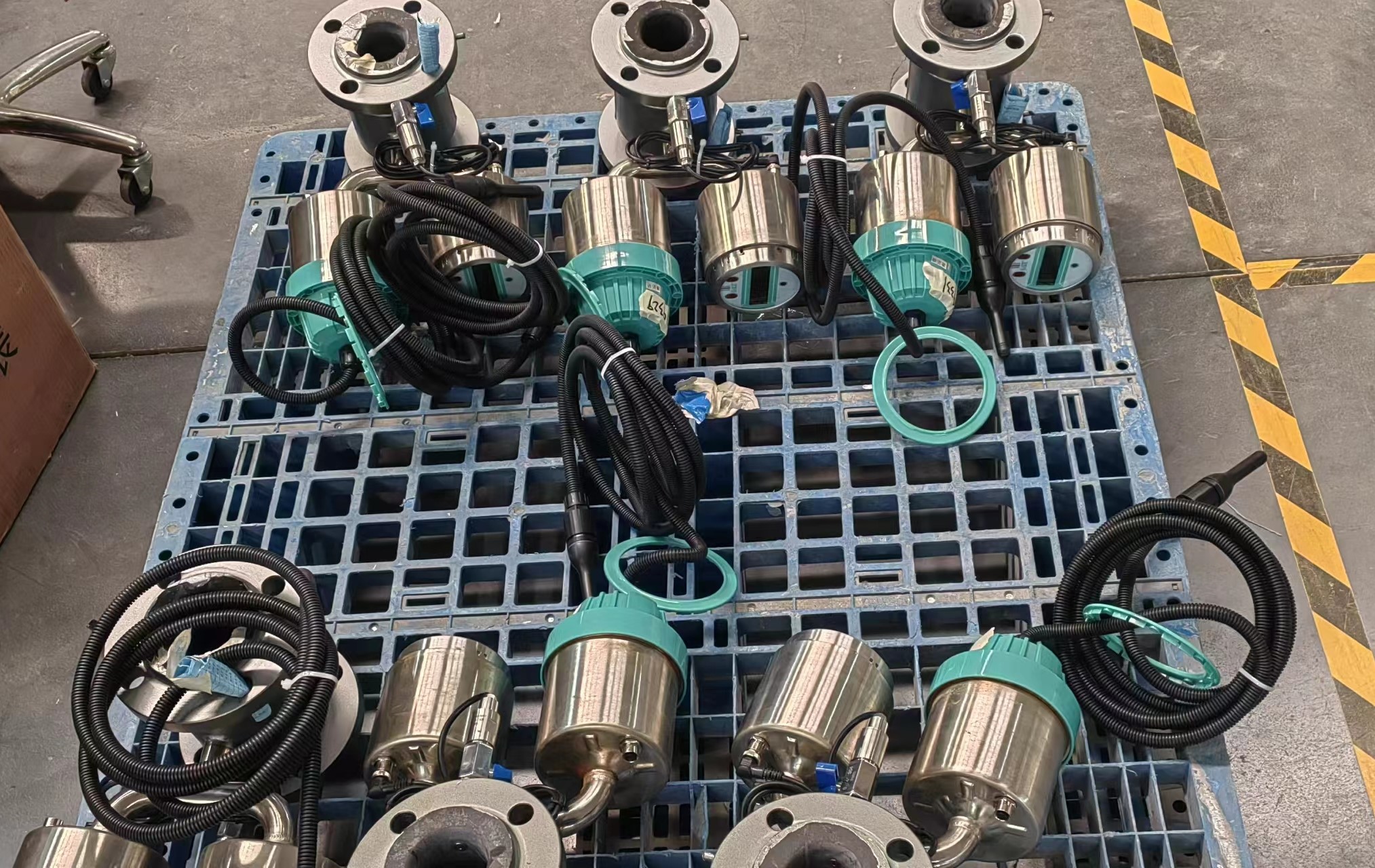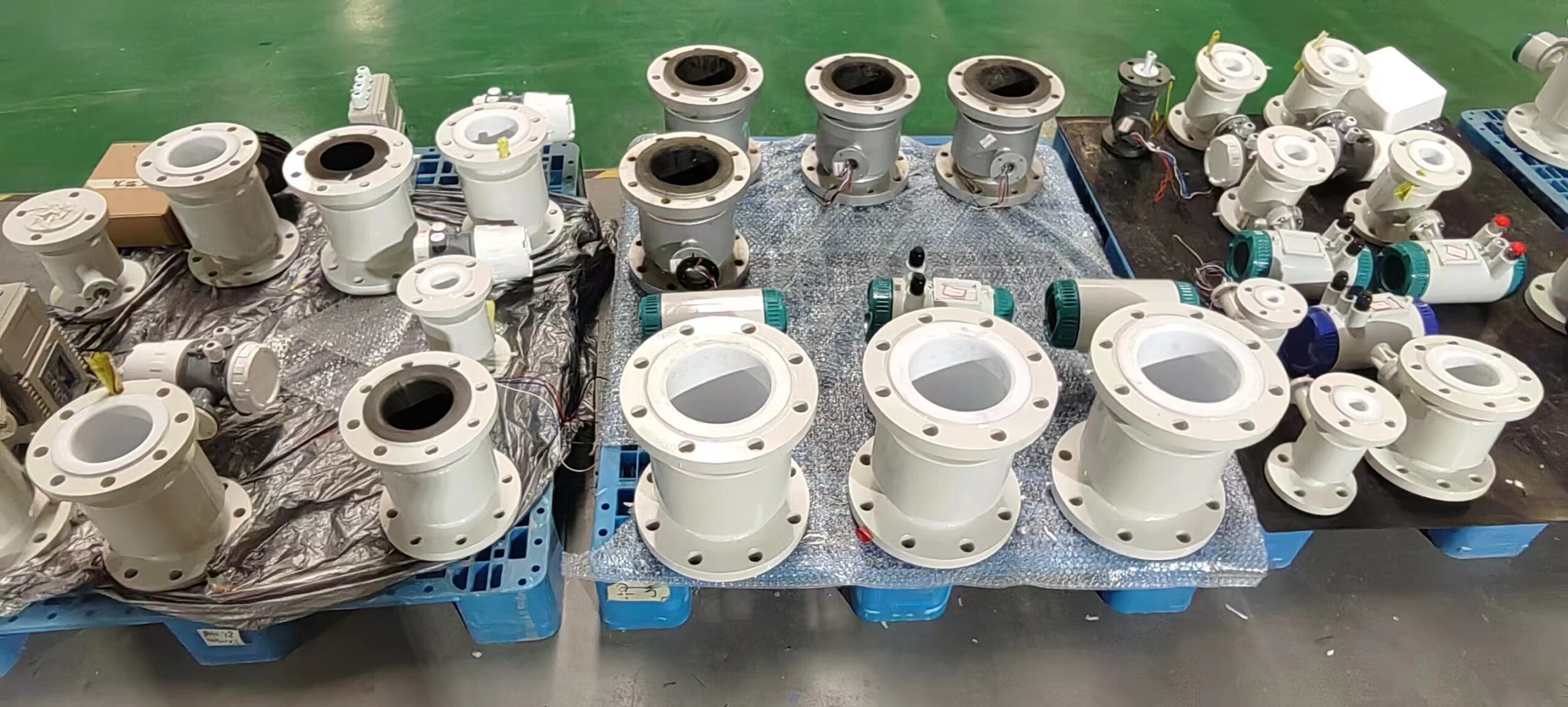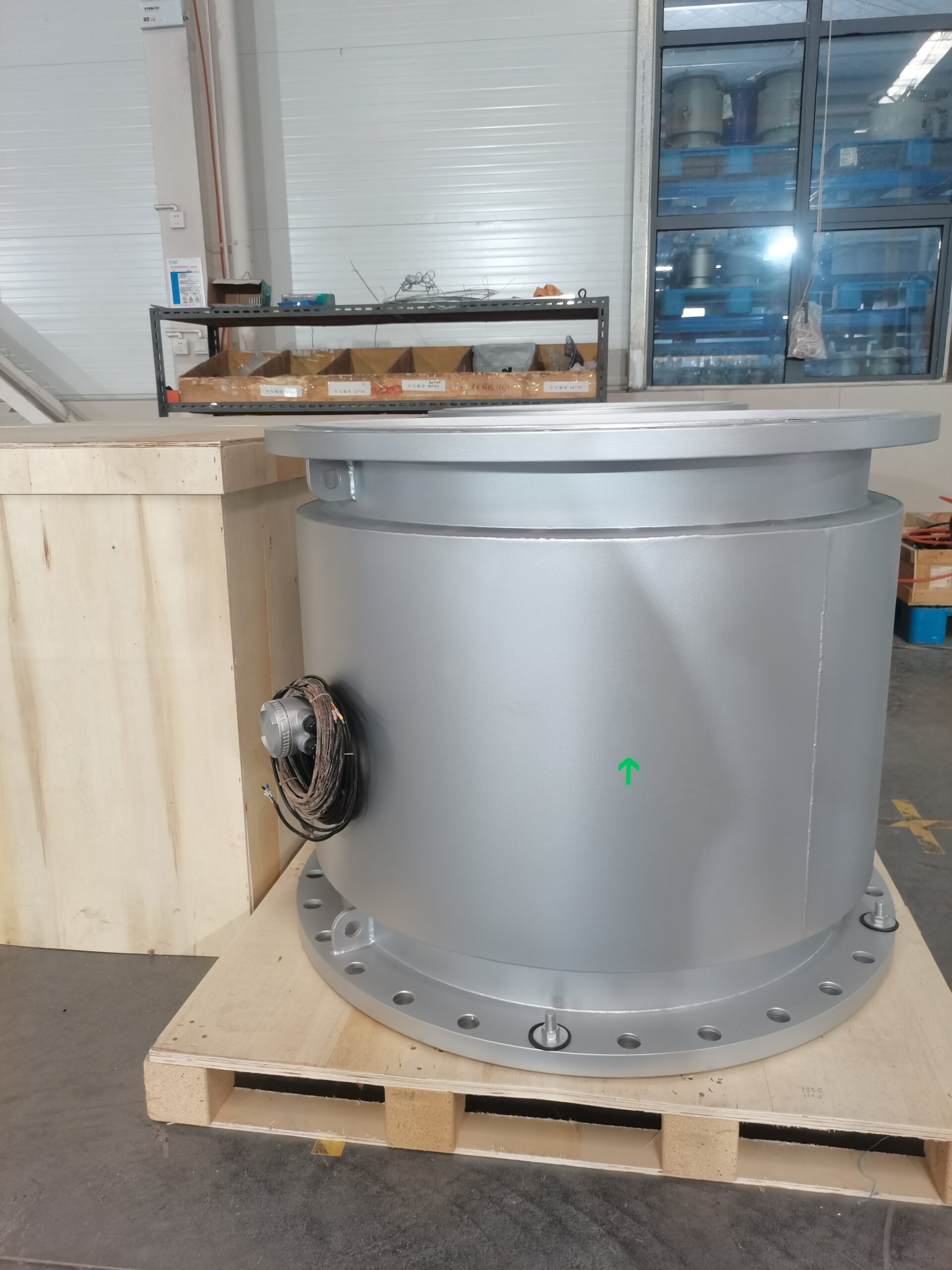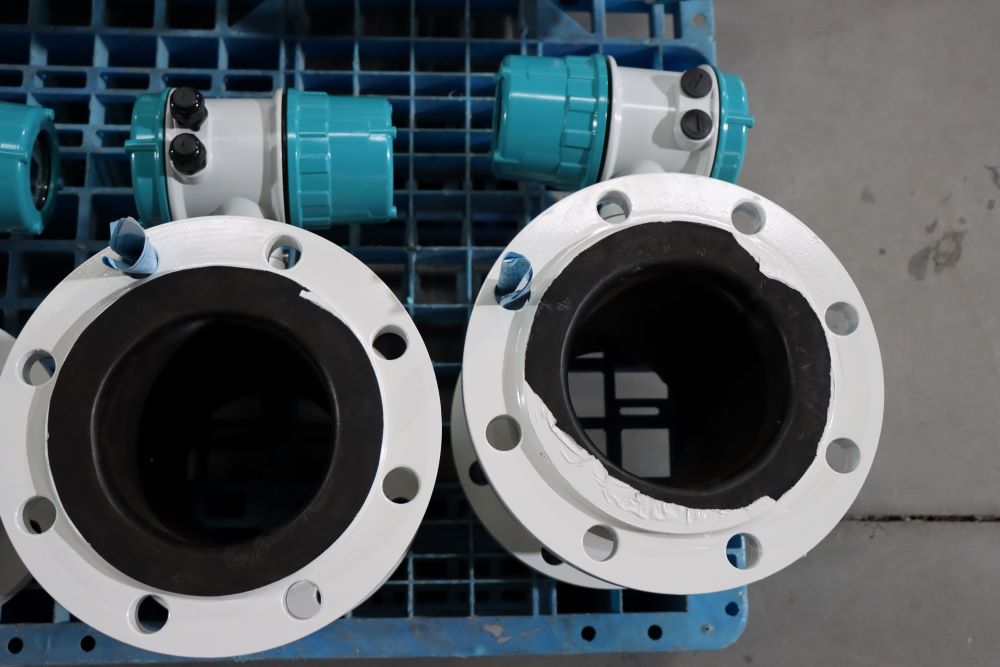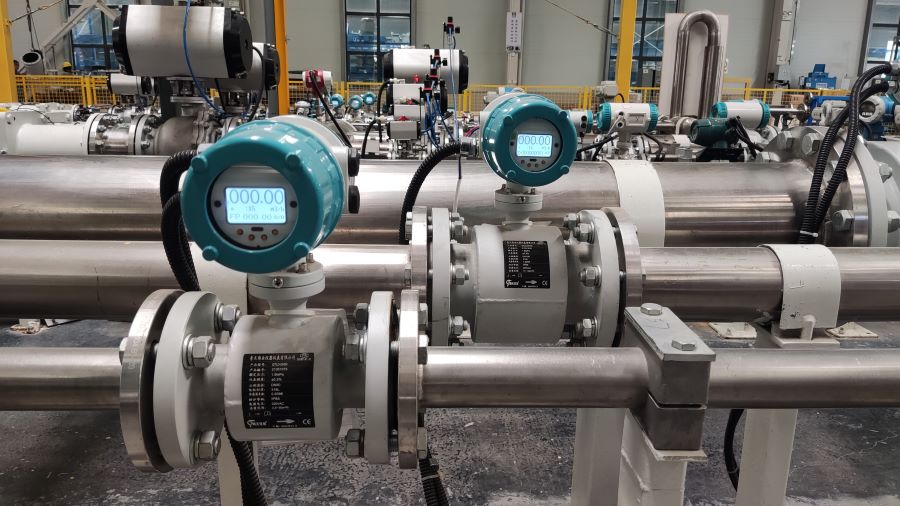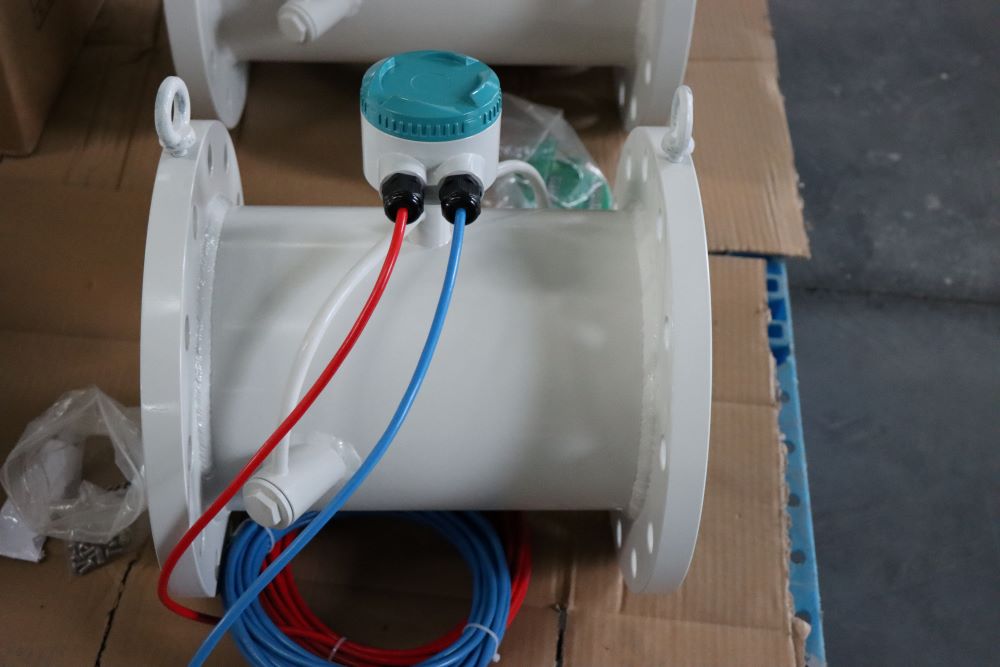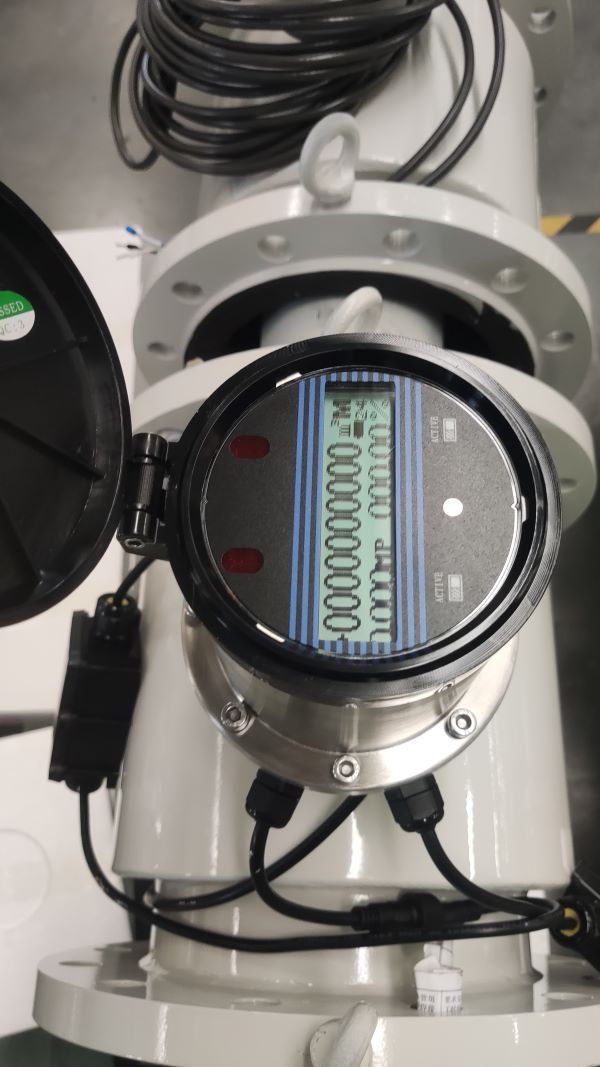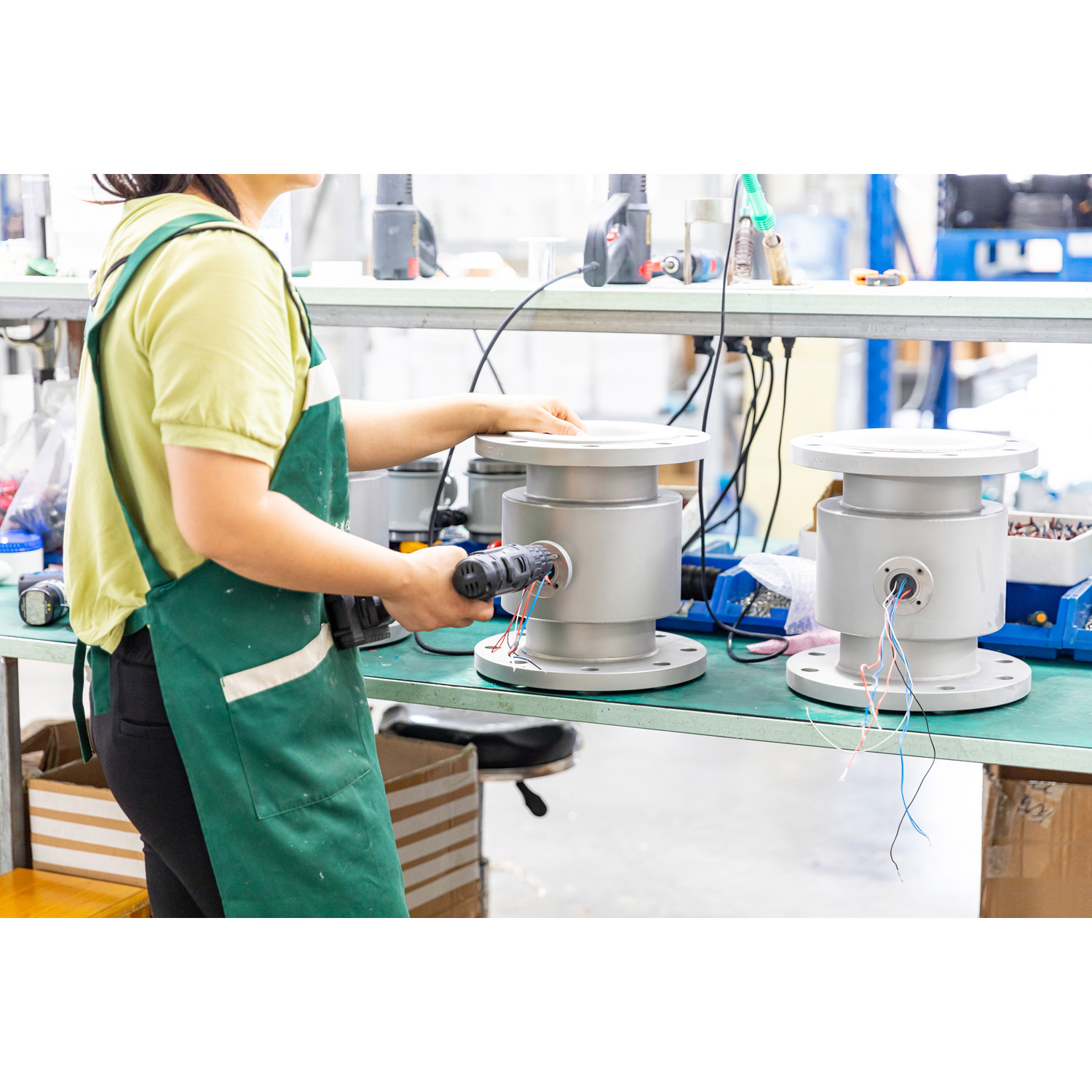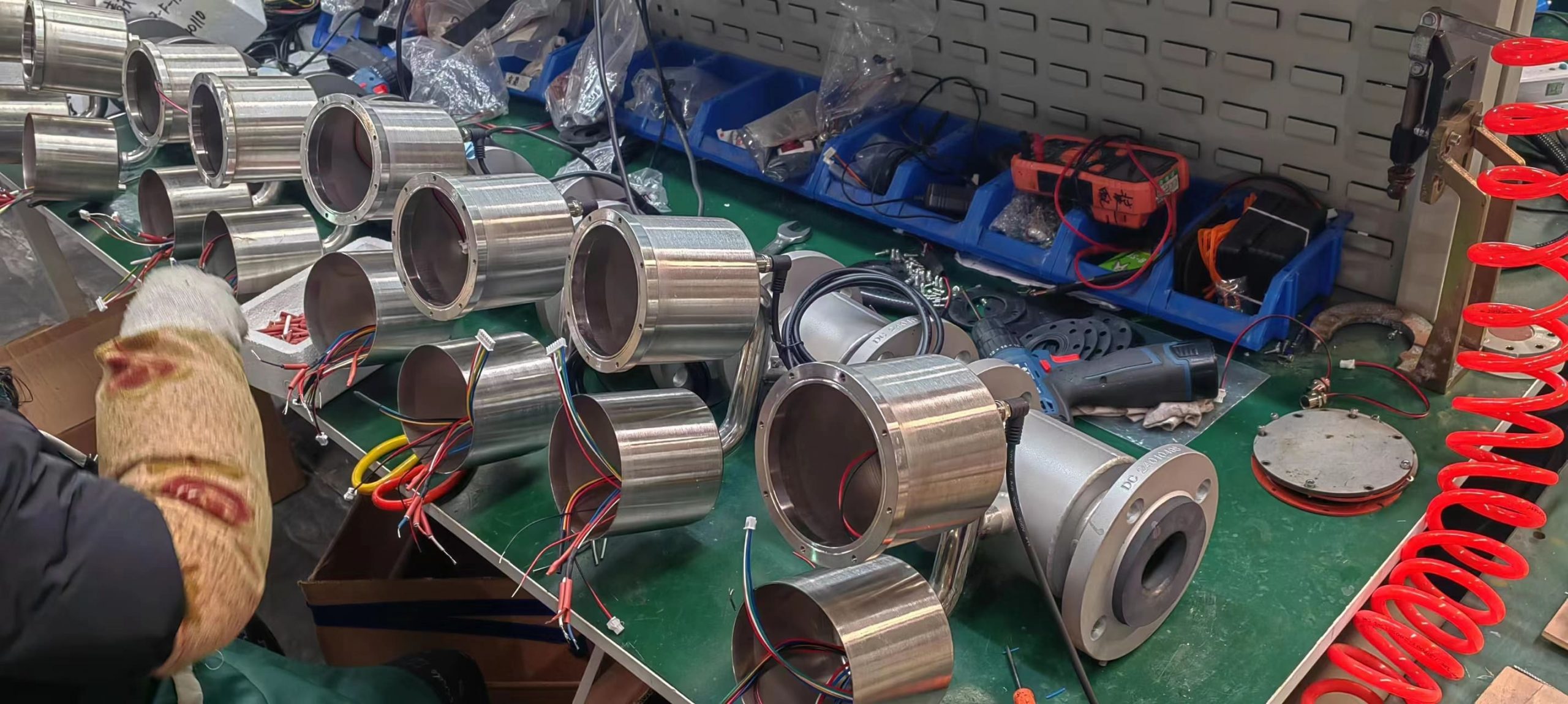Electromagnetic flow meter selection instructions
The correct selection of electromagnetic flowmeter is the prerequisite to ensure the normal use of the instrument. The diameter, flow range, lining material, electrode material and output current of the electromagnetic flowmeter should be determined according to the physical and chemical properties of the measured flow medium, and can adapt to the field environment and meet the technical indicators and performance requirements.
The working principle of the electromagnetic flowmeter shows that the fluid that can be used to measure the flow of the electromagnetic flowmeter must be conductive. Strictly speaking, in addition to the high-temperature fluid, as long as the conductivity is greater than 5μ/cm of any fluid, the corresponding electromagnetic flowmeter is used to measure the flow, so the non-conductive gas, steam, oil, etc. Acetone and other substances can not use electromagnetic flowmeters to measure flow.
Determination of sensor caliber
The flow rate of the flowmeter is in the range of 0.3-15m/s, and the diameter of the flowmeter can be selected to be consistent with the diameter of the user’s pipe.
When the flow rate is lower than 0.3m/s, the flow rate is locally increased in the instrument part, and the tube is shrunk:
Selection of a body type or sub-body type: In the case of a good field environment, a body type is generally selected, that is, the sensor and the converter are assembled into one.
Sub-body type: that is, the sensor and the converter are installed separately in different locations, and the sub-body type is generally selected when the following situations occur.
If you have some special conditions, you can contact the Aister instrument staff and we will help you choose a suitable electromagnetic flowmeter for you

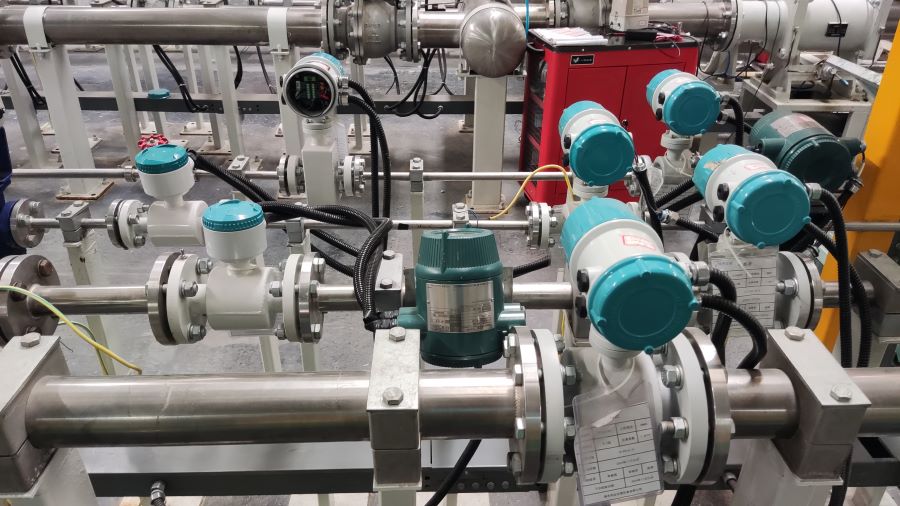
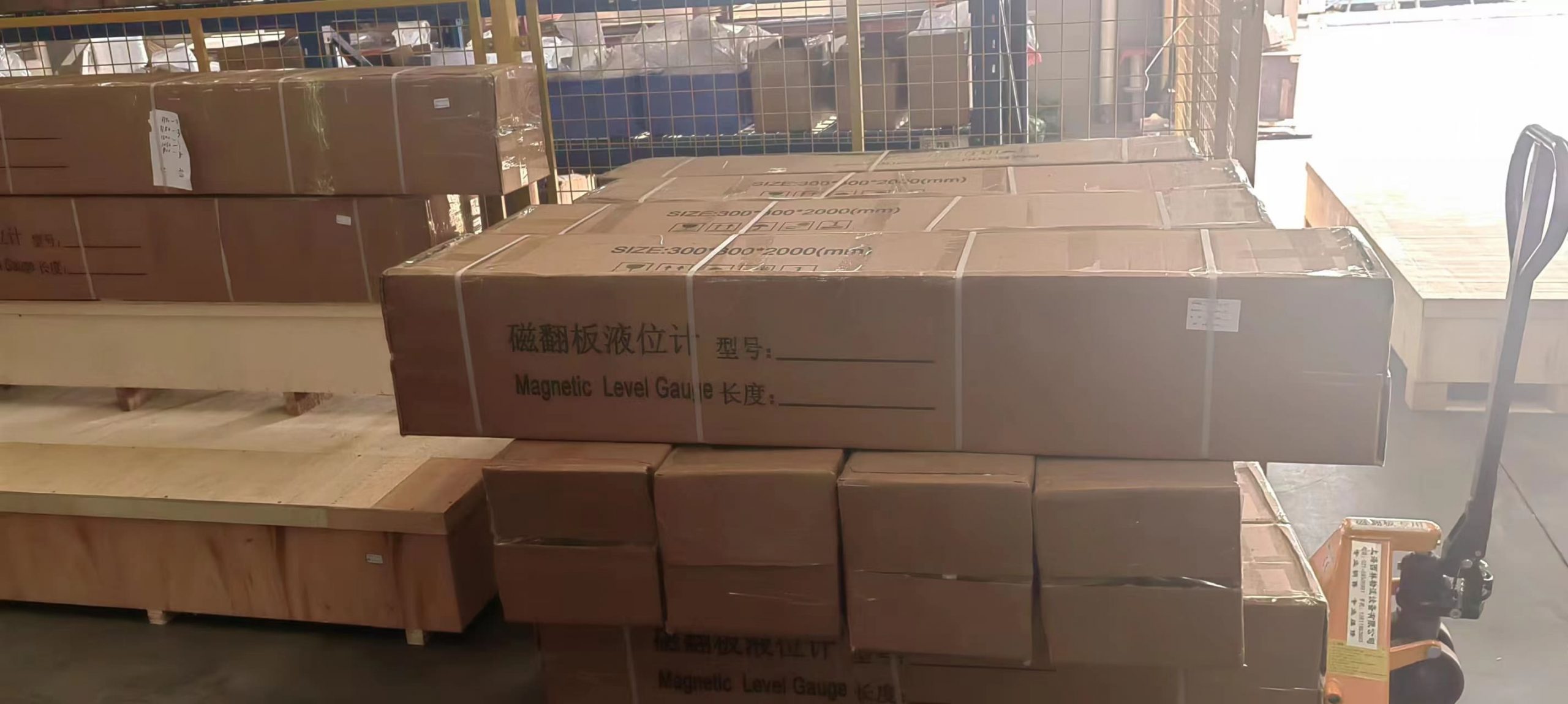
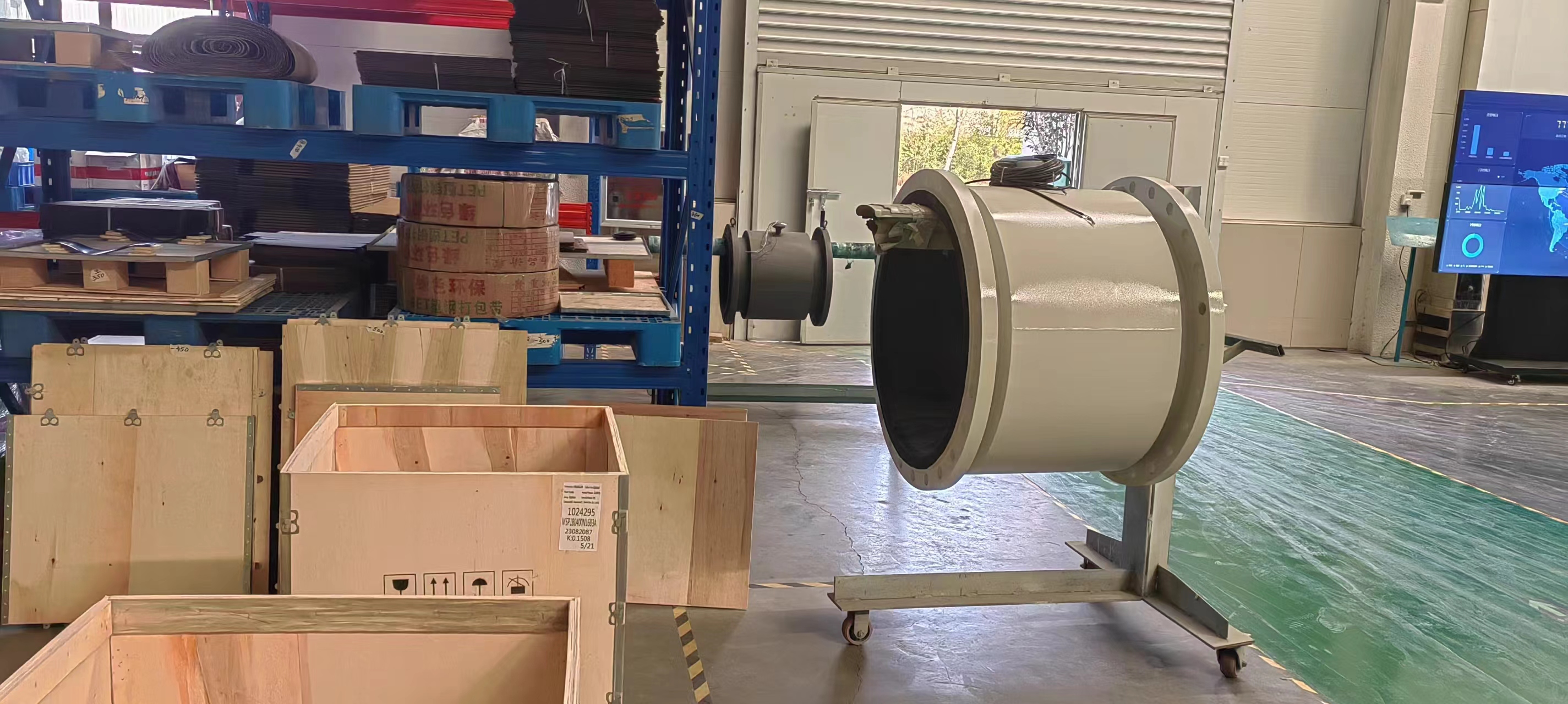
-.jpg)
-.jpg)
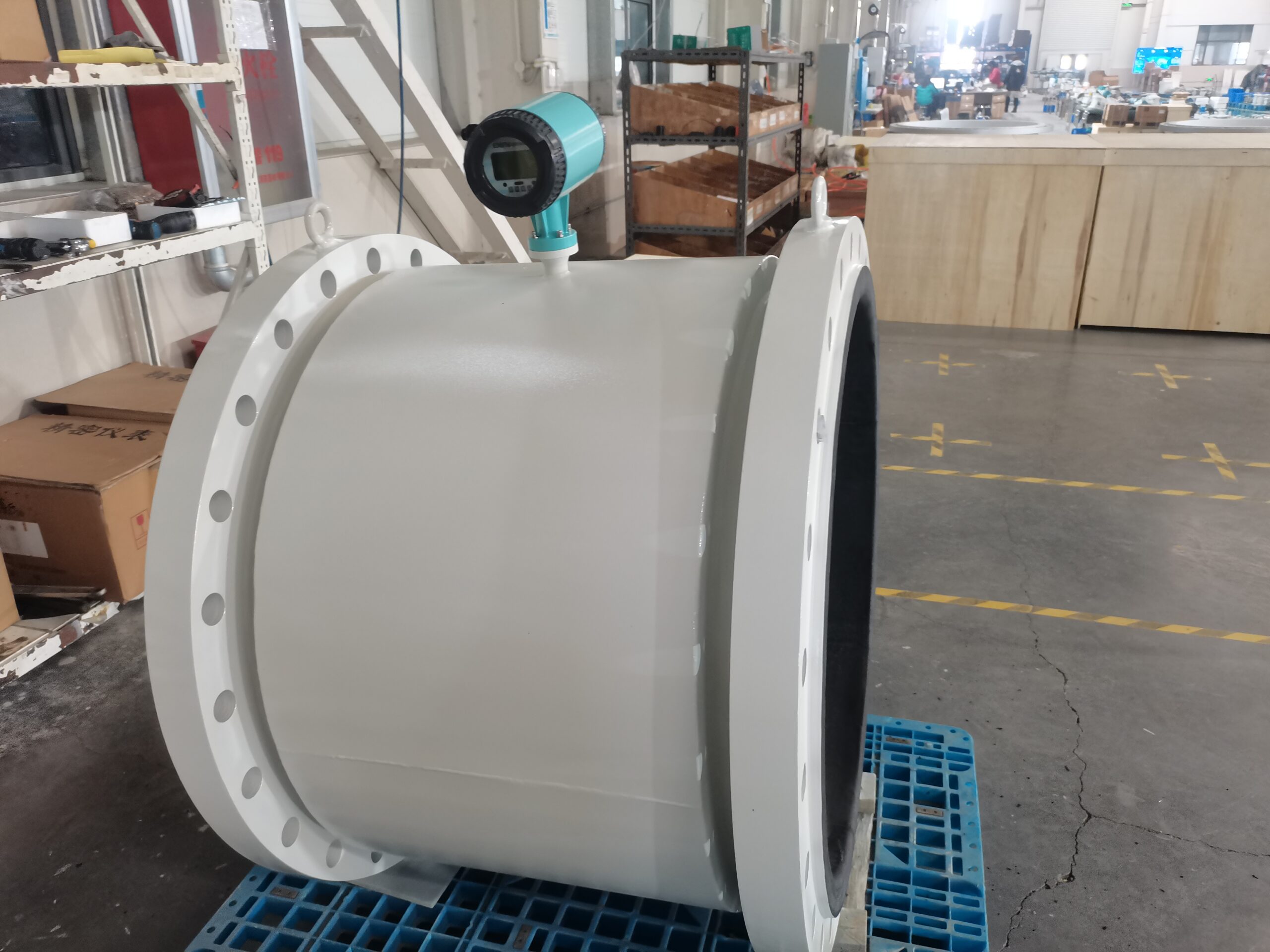
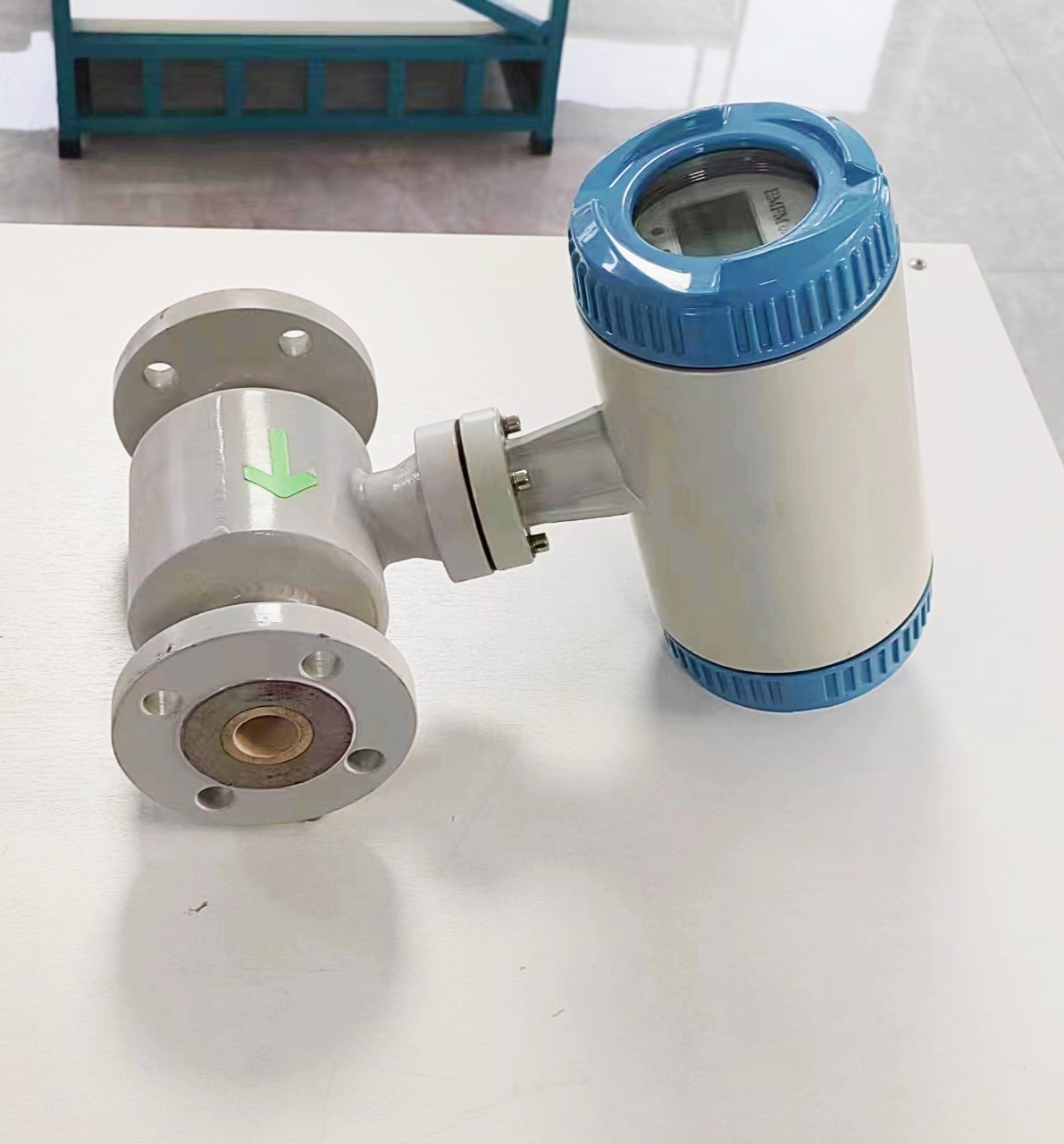
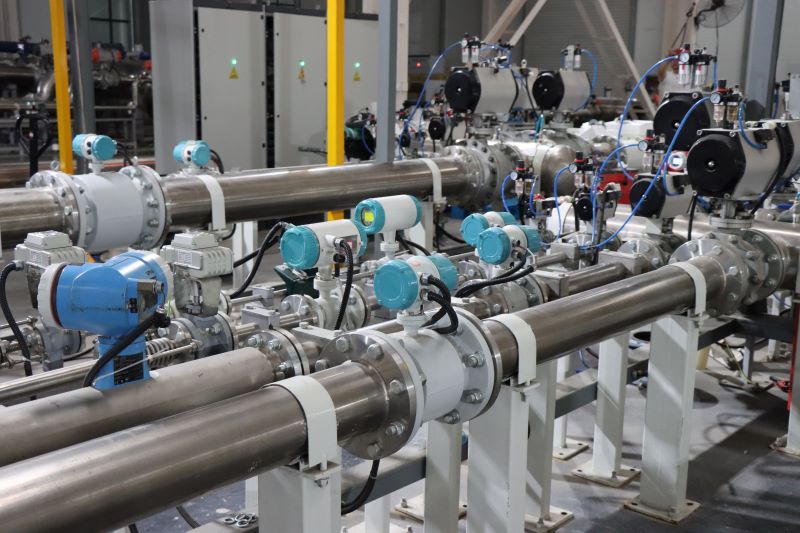
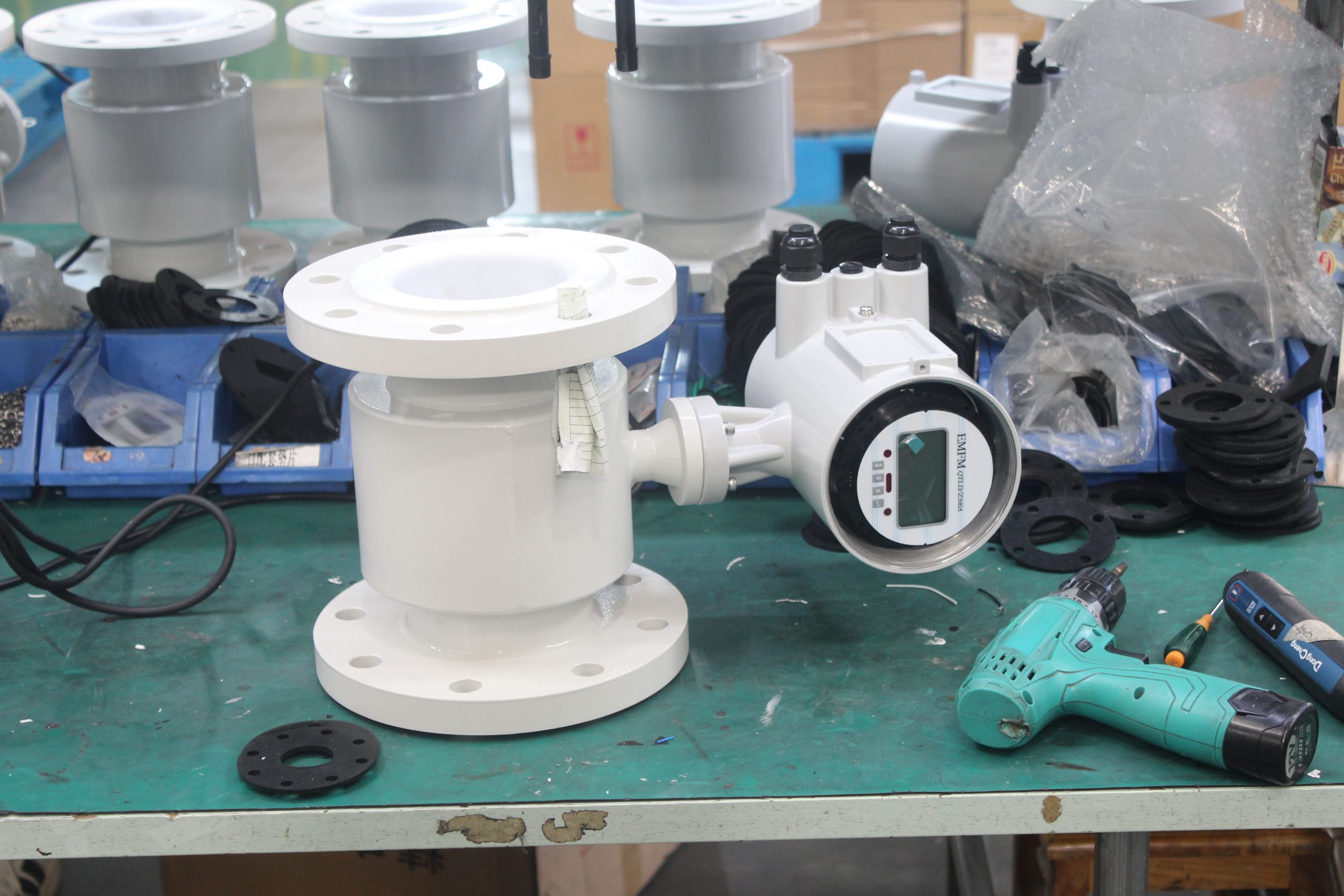
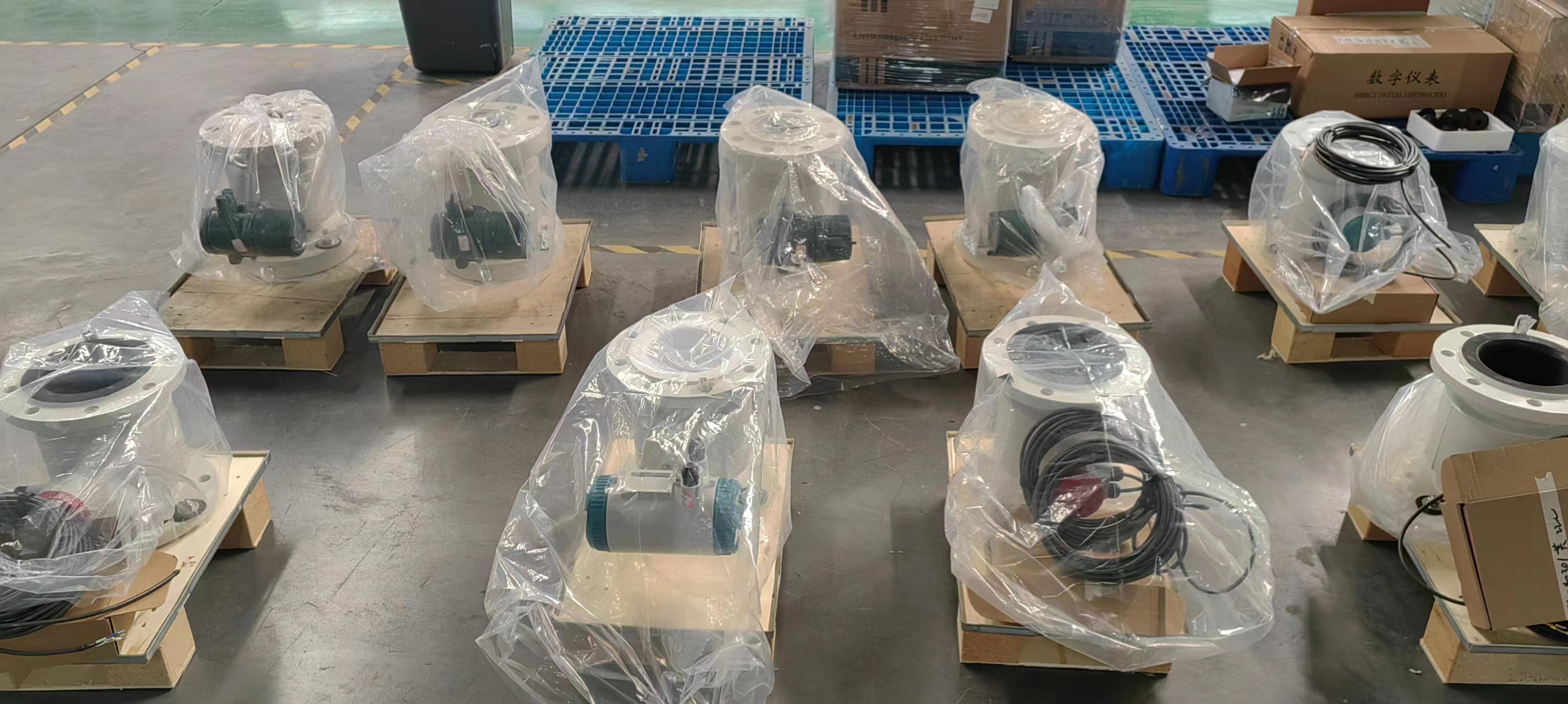
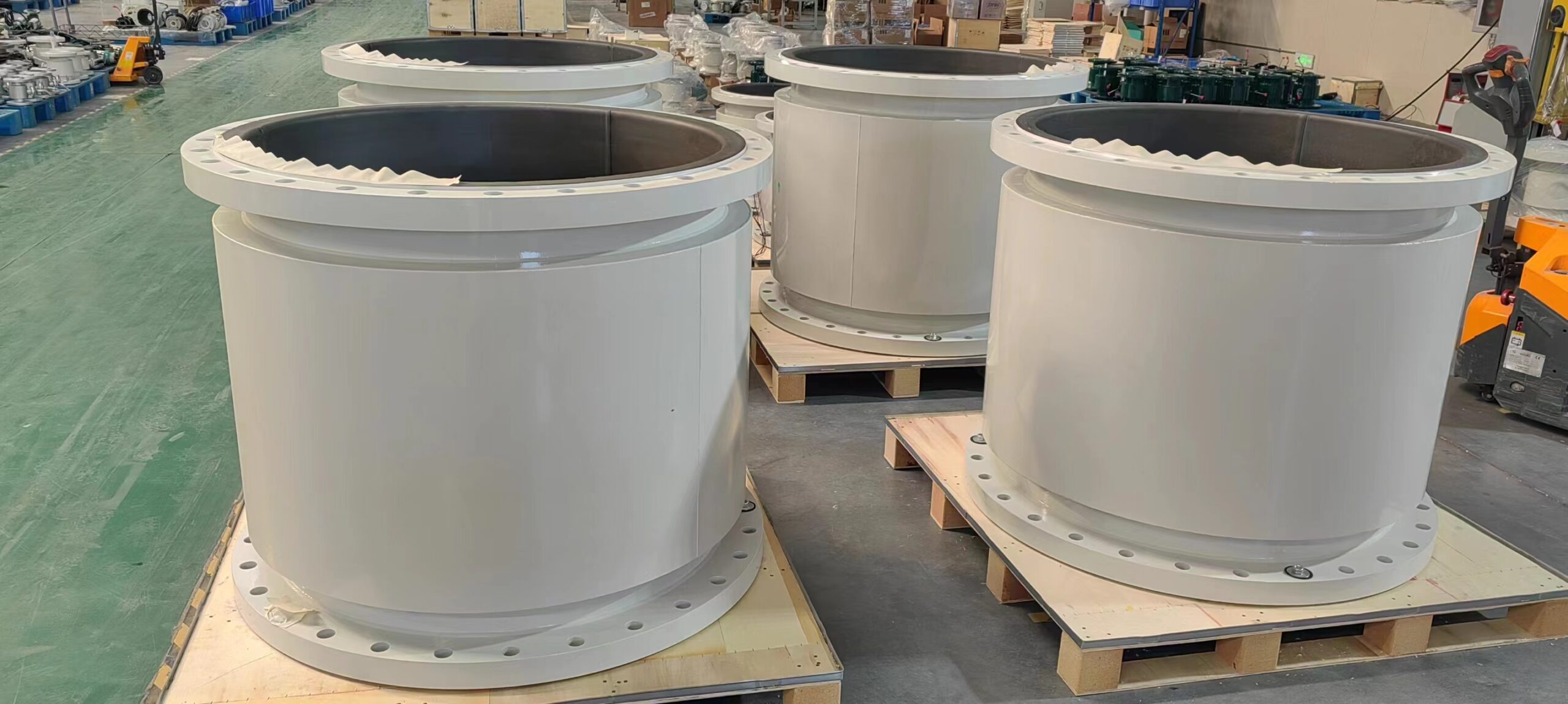

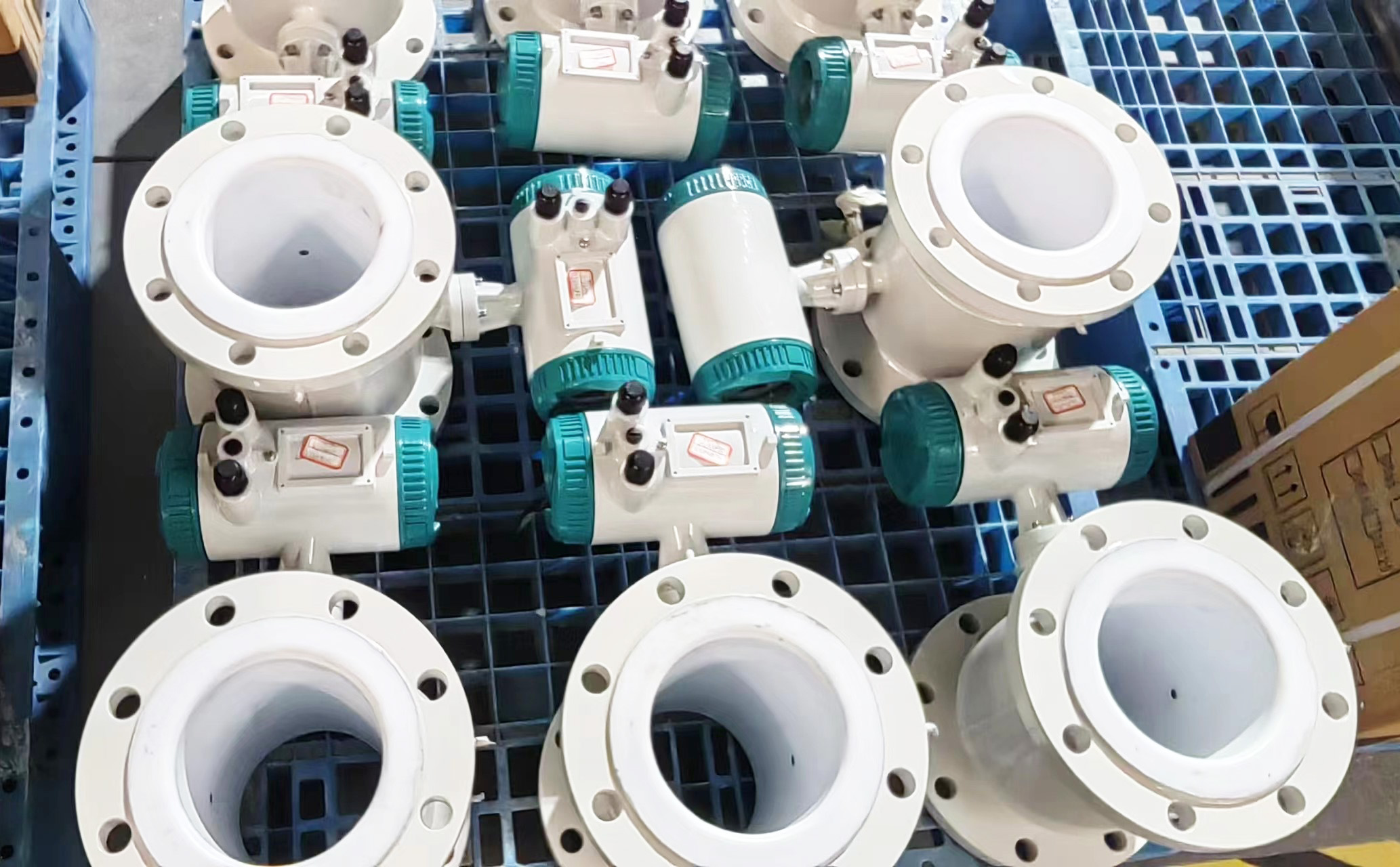
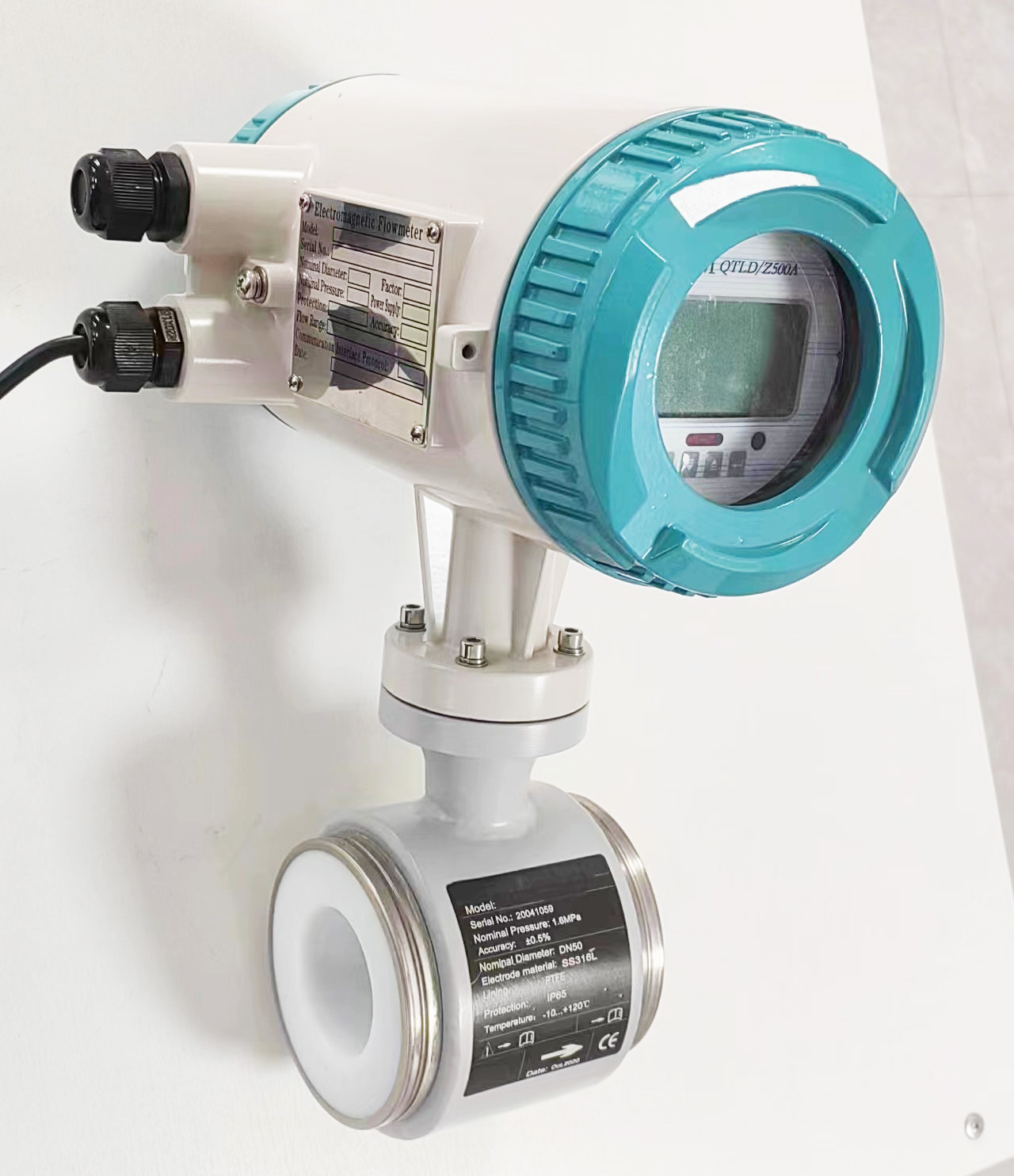
-.jpg)
